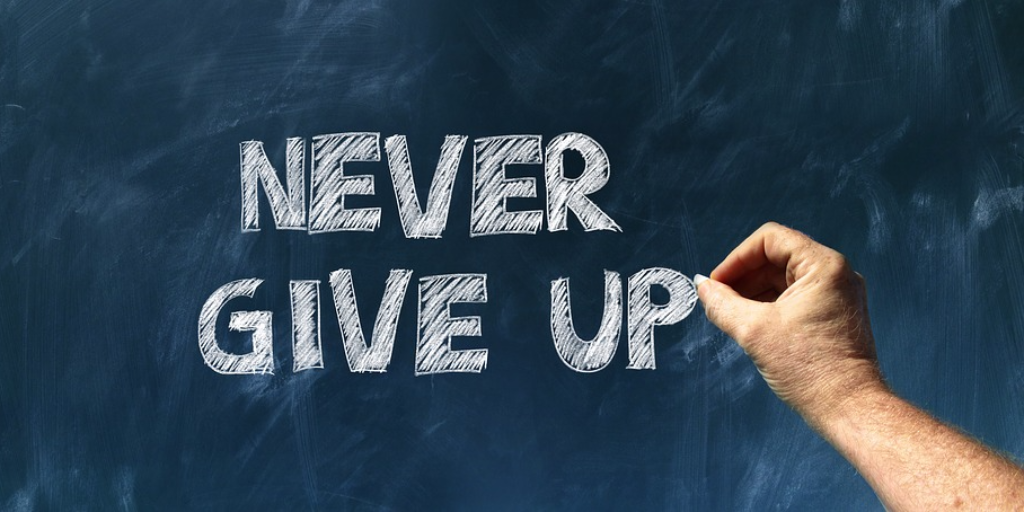If you haven’t failed at something in your career, you probably haven’t explored the fullness of your talent. As Nelson Mandela said, “The greatest glory in living lies not in never falling, but in rising every time we fall.”
The fear of failure often arises not from the potential failure itself but from our fears of the consequences of a failure. Will our missteps plague us and diminish our future opportunities? If we have a resiliency plan and practice it by taking risks and bouncing back, we can strengthen our capacity to grow and thrive. We become more agile in a rapidly changing and unpredictable world.
How do you respond to setbacks and failure? Do you keep reliving the past and fighting battles that are already over? Or, do you brush yourself off and move forward?
How we deal with adversity and failure has a bigger impact on our businesses and careers than even our successes. Here’s an example. Tom was an extraordinarily talented businessman and a highflying corporate executive. Mentors and co-workers considered him destined for the CEO job of a Fortune 100 company. That was over a decade ago. Since then, Tom has bounced around from job to job with extended periods of unemployment in between. Why? He wouldn’t let go of the boardroom battle he lost long ago.
The legacy of defeat carried over to his subsequent job efforts. He wanted to prove he was right and could run a company his way. The problem is that he tried to resolve the past in the new jobs he took in other companies. This loaded the new opportunities with extra baggage. When he perceived challenges to his principles or control, the unresolved pain of past wounds magnified them.
Tom is not alone in his struggles. At the 25th year reunion of the 1979 class of the Stanford Graduate School of Business, the most captivating panel discussion focused on setbacks and transitions. While alumni enjoyed outstanding successes, they had the most interest in talking about the pain and progress of working through tough spots. Here are some of the key themes that emerged.
- Let go of the past.
We can’t change it. No amount of editing will alter history. We need to accept what happened for what it was.
This is easier said than done. The more painful the situation, the deeper the emotional scar it leaves, the more readily the wound reopens, and the tougher it is to heal.
Choosing to let go of the past wasn’t a one-time decision for Tom. He needed to let go of the memories each time that they returned.
- Pick the right spot.
Tom suffered because he picked a big company and then wanted it to change and follow his principles.
A recurrent theme in the stories from Stanford MBAs involved people who entered jobs that they thought they “should” do versus really wanted to do. They succumbed to popular “fast track” jobs or the call of family businesses. Then, when success eluded them, they sought similar situations to prove themselves. They doubled up on a bet that didn’t pay off the first time, and they lost again. Some extraordinarily talented and determined people required several setbacks to let go of misguided directions.
- Flex to bounce back.
Finally, it takes resilience to move forward. Tom needed to flex his rigid, domineering style in order to realize his objectives. He discovered the distinction between principles and practices. By listening better, engaging others, and lightening up, his working relationships improved. In turn, conflicts and stress diminished.
How do you respond to setbacks and failures? Do you wallow or bounce back? It’s one of the most important choices that you’ll make in your business and career.
Copyright © 2017 Don Maruska
